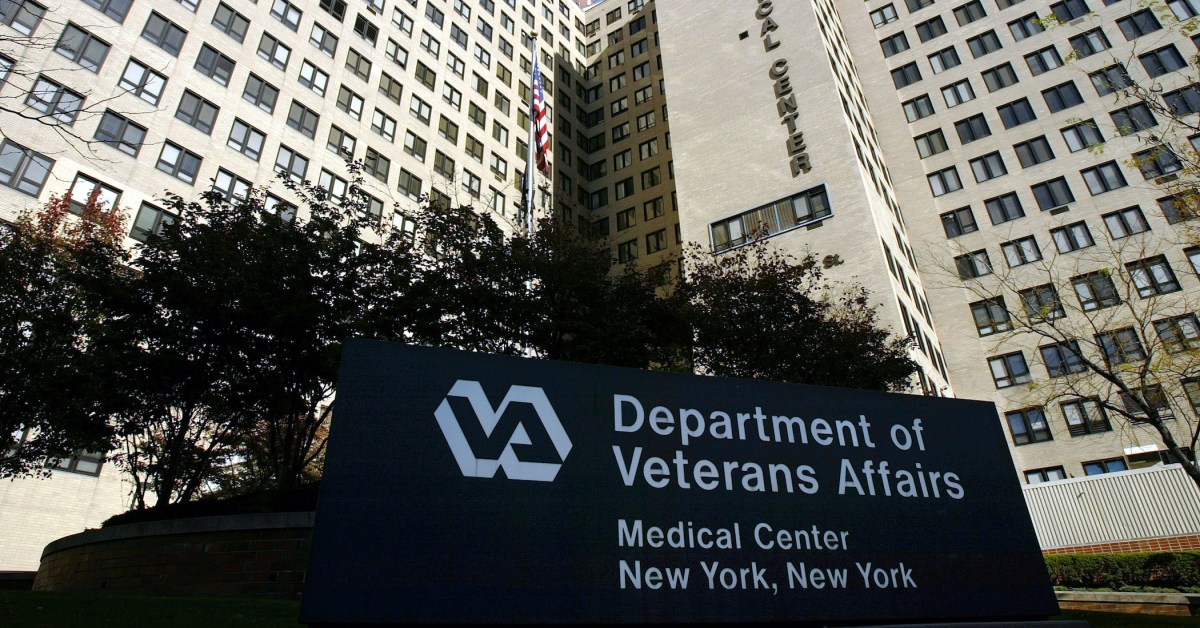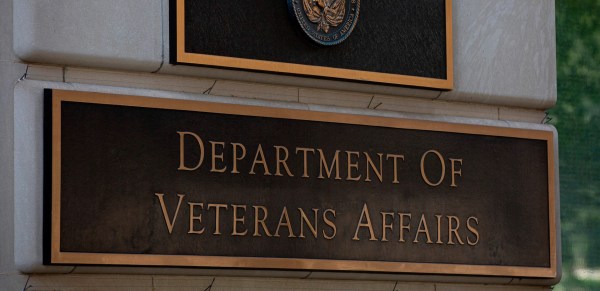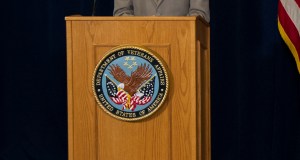Lawmakers push back on VA’s plan to use ‘opaque’ fund for IT modernization

Lawmakers aren’t very bullish about the Department of Veterans Affairs’ new plan to repurpose funds from other accounts to fund its IT modernization projects, they said in a hearing Thursday.
Some members of the House Veterans’ Affairs Technology Modernization Subcommittee equated the VA’s recent request to take $670 million from its Transformational Fund (TF) account to supplement its $4.8 billion proposed budget for IT in fiscal 2022 to taking from an “opaque, uncertain slush fund.” Doing so puts VA’s overall proposed IT budget for next year at roughly $5.5 billion, compared to the $4.9 billion VA received in fiscal 2021.
“I need a lot more information about the Transformational Fund to be convinced it will be a reliable productive funding source,” subcommittee Ranking Member Rep. Matt Rosendale, R-Mont., said during the hearing.
The Transformational Fund consists of past discretionary funds that went unused in prior appropriations cycles. Fiscal 2022 will be the first year that the VA can use money deposited in the fund, as the leftover appropriations need to sit untouched for five years before tapping into them. But there are limitations on what the VA can use them for, namely the improvement of health care facility infrastructure and “IT systems improvements and sustainment,” per the law.
Though Congress granted the VA the authority to start the fund five years ago under the Consolidated Appropriations Act of 2016, lawmakers now worry it is creating a harmful incentive for the agency to underspend what it’s been budgeted so it can later use those funds freely for IT or infrastructure — thought it’s completely within the law to do so.
“What is very concerning to me is that these funds that were dedicated or earmarked to be utilized for the delivery of health care purposes and now are being diverted out … and they go into a fund that gives you dramatic latitude on where it could be spent,” Rosendale said.
VA acting CIO Dominic Cussatt tried to assuage members by saying department leaders “manage the demand very carefully.” Department CFO Jon Rychalski said the funding often comes from contracts that finish under budget or services the VA budgeted for but did not end up needing.
“A lot of it has to do with [contracts] that just didn’t cost as much as we thought it was going to,” Rychalski said.
He defended the concept of the fund by saying “it was, in my estimation, a smart move [and] very much appreciated.”
Ultimately, though, to establish checks and balances, Congress has the power of the purse and oversight over executive branch spending. And Rosendale and subcommittee Chair Rep. Frank Mrvan, D-Ind., shared concern for the lack of oversight Congress could have on how the VA spends money in the Transformational Fund.
“I am concerned that modernization of IT assets and the critical upgrade of VA’s financial system are not included in the base budget request,” but instead in the Transformational Fund, Mrvan said.
Mrvan also voiced concerns about the management of the VA’s new electronic health record modernization funding. Part of the program is funded through the Veterans Health Administration’s budget and another by the department’s Office of Information Technology budget — a split that the subcommittee chair said could lead to a lack of oversight.
“In our accounting system, we are keeping track of all of them,” Rychalski said of the accounts associated with the EHR program, which has a projected cost of $16 billion over its scheduled 10-year lifespan.






